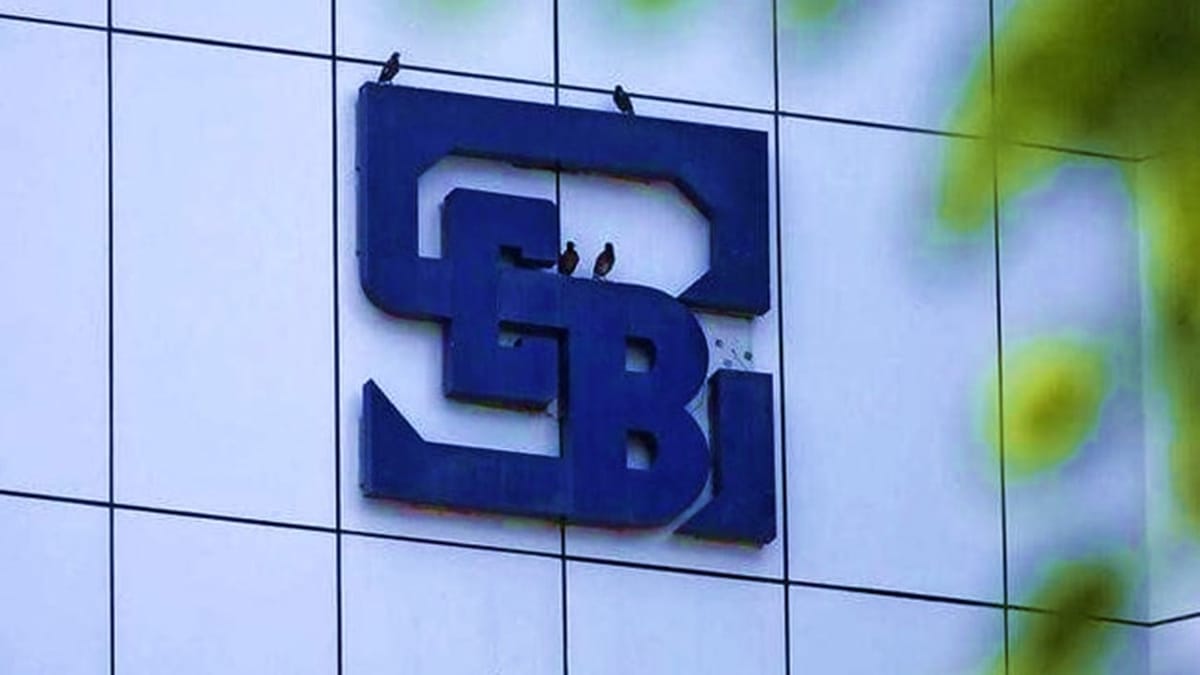Reetu | Aug 26, 2022 |

SEBI Proposed Enhanced Disclosures by CRAs and Norms on Rating Withdrawal
The Securities and Exchange Board of India(SEBI) has proposed Enhanced Disclosures by CRAs and Norms on Rating Withdrawal.
SEBI (Credit Rating Agencies) Regulations, 1999 (“CRA Regulations”) provide for a principle-based regulation of CRAs focusing inter alia on enhanced transparency and disclosures by CRAs. Over time, SEBI has prescribed various disclosures under different circulars under the CRA Regulations.
In order to allow investors and other stakeholders to properly use such disclosures in a fair assessment of CRAs, the following changes are being suggested for disclosures made by CRAs.
A. SEBI circular numbered SEBI/ HO/ MIRSD/ DOS3/ CIR/ P/ 2018/ 140 dated November 13, 2018 had inter alia mandated CRAs to furnish data on sharp rating actions in investment grade rating category, as per the format in Annexure A of the aforesaid circular, to Stock Exchanges and Depositories for disclosure on website on half-yearly basis.
B. In order to standardize the methodology of computation and disclosure of a ‘sharp rating action’, it is clarified that CRAs shall compare two consecutive rating actions. Therefore, a CRA shall disclose a sharp rating action, if the rating change between two consecutive rating actions is more than or equal to 3 notches downward. In other words, if the difference in credit rating between two consecutive press releases is more than or equal to 3 notches downward, the same has to be included in the disclosure on sharp rating actions.
C. The disclosure on sharp rating actions shall be limited to credit ratings referred at Section III above.
A. SEBI Circular dated November 01, 2016 inter-alia prescribed certain norms regarding policy in respect of non-co-operation by the issuer, including mandating each CRA to frame detailed guidelines on what constitutes non-cooperation.
B. In continuation to the same, CRAs shall have a detailed policy in this respect which shall include the following:
i. Non-submission of material information including (but not limited to) the following:
a) Non-submission of quarterly financial results or performance results or audited financial results within prescribed timelines.
b) Current and past operational details including details about capex plans.
c) Debt obligations and repayment details.
d) Any other issue felt appropriate by credit rating agency as per internal assessment or as laid down by CRA in its internal policy/manual.
ii. The criteria/ methodology in respect of assessing the risk of non-availability of information from the issuers including non-cooperative issuers.
iii. The steps to be taken under various scenarios in order to ascertain the status of non-cooperation by the issuer company.
C. CRAs shall follow a uniform practice of three consecutive months of non-submission of No-default Statement (NDS) (or inability to validate timely debt servicing through other sources) as a ground for considering migrating the ratings to INC and shall tag such ratings as INC within a period of 7 days of three consecutive months of non-submission of NDS. The CRA in its judgement may migrate a rating to the INC category before the expiry of three consecutive months of non-receipt of NDS.
D. CRAs shall also formulate a policy on “Minimum/ Indicative Information requirement” in terms of various sectors or types of ratings (referred at Section III above), etc. and disclose it on their website.
It is clarified that while withdrawing any credit rating referred to in Section III above, a CRA in its press release shall also assign a credit rating to such security, except where there are no outstanding obligations under the security rated by the CRA, or the company whose security is rated is wound up or merged or amalgamated with another company.
That are listed or proposed to be listed on a recognized stock exchange.
A. As per the current rating withdrawal provisions it is seen that in case of ratings of perpetual debt securities, such as AT-I bonds, that are listed or proposed to be listed on a recognized stock exchange, a credit rating cannot be withdrawn unless the security is redeemed. Often, this can result in the issuer of such bonds to stop cooperating with the CRA.
B. Therefore, to facilitate withdrawal of ratings of perpetual debt securities that are listed or proposed to be listed on a recognized stock exchange, it is proposed to revise withdrawal norms of ratings of such securities. Accordingly, a CRA may withdraw ratings of such securities provided that the CRA has:
i. rated such securities continuously for 5 years; and
ii. received an undertaking from the Issuer that a rating is available on such security/ies; and
iii. received an undertaking from the other CRA(s) that a rating is available on such security/ies.
To Read More Download Official Circular
In case of any Doubt regarding Membership you can mail us at [email protected]
Join Studycafe's WhatsApp Group or Telegram Channel for Latest Updates on Government Job, Sarkari Naukri, Private Jobs, Income Tax, GST, Companies Act, Judgements and CA, CS, ICWA, and MUCH MORE!"